This post may contain affiliate links. Please see our disclosure policy.
Quince recipes can be hard to find, as this deliciously fragrant fruit isn’t used as much as it once was. Once you learn how to cook quince, I’m sure they’ll be a part of your cooking each year.

Quince are one of my husband’s favorite fruits, and he grew up eating them in all manner of quince preserves. They had a backyard tree when he was growing up, and he told me all about the intoxicating scent of these delicious fruits…you could smell them across the yard.
We planted a quince tree as soon as we moved to our Vermont homestead, and I started looking into how to cook quince so I could re-create some of those memories.
When we had our first quince on the table, I smelled their amazing aroma, and I suddenly understood just how magical they could be.

What Are Quince?
The quince fruit resembles a cross between an apple and a pear—and in fact, is related to these fruits—but it’s botanically unique in that it’s the only member of the genus Cydonia, which is in the Rosacea family (also known as the rose family). Quince trees are thought to have originated in Persia, where their cultivation spread across the Mediterranean and throughout Europe. Quince grow from hardy, deciduous trees and today they can be found growing in many countries worldwide.
In terms of culinary history, quince are quite prolific! You might be familiar with the story of the Trojan War, of which quince fruit is thought to be responsible for after Helen of Troy convinced a young Trojan prince to award Aphrodite with quince fruit as a reward for her beauty. The use of quince was widespread in medieval times, where the fruit was combined with spices such as cloves, pepper, cinnamon, and nutmeg (which is how it is still prepared today in many recipes). Later, during the Tudor and Stuart era, quince marmalade that had been wrapped in gold foil was thought to be an aphrodisiac and was gifted accordingly.
Due to their astringent, sour flavor and spongy, woody texture when raw, quince are best when cooked until soft, which can be achieved by poaching, slow-roasting, and baking. Quince have an unusually high pectin content, which makes the fruit ideal contenders for use in jellies and preserves.
Quince jelly is probably the fruit’s best-known application, but it can be used in a wide array of recipes. As you’ll see in this recipe roundup, this versatile fruit can be used in preserves, desserts, savory dishes, and even beverages.
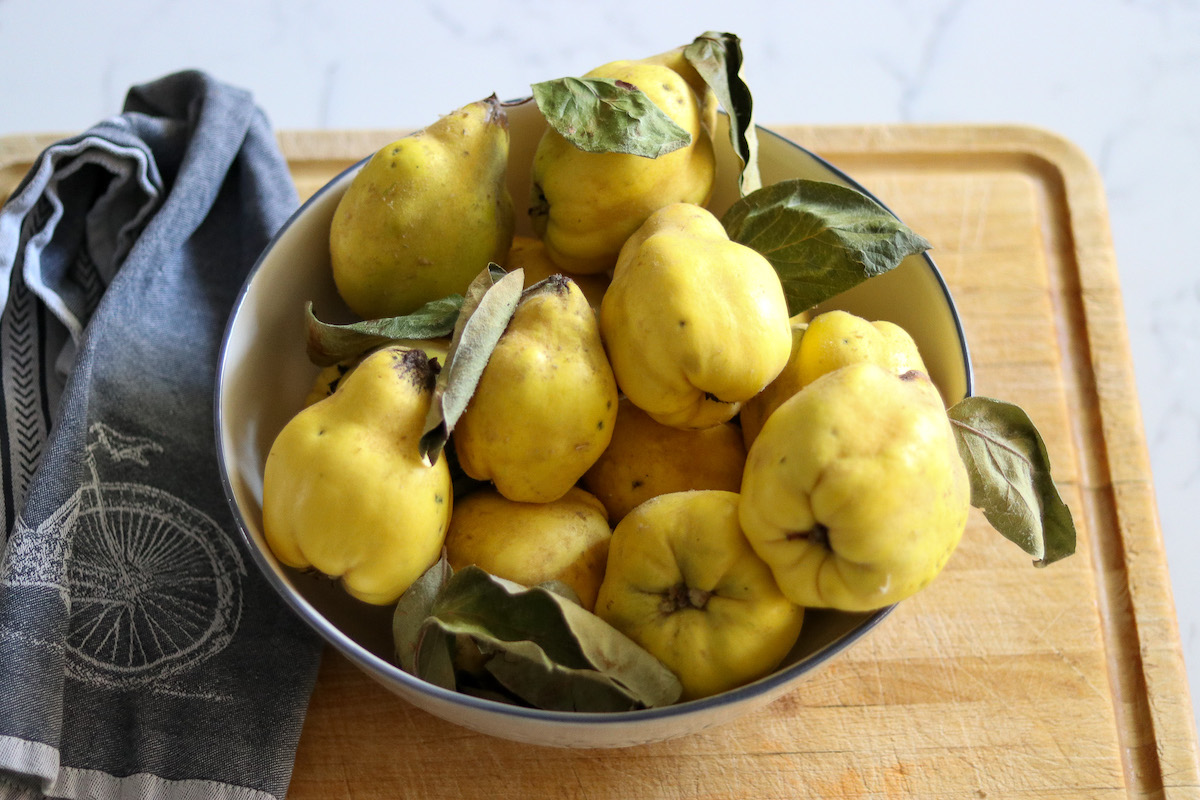
How Do Quince Taste?
As I mentioned above, quince is one fruit you don’t want to eat raw—it’s tart, unpleasantly astringent, and woody-tasting. Essentially, it tastes like very raw, unripe fruit.
Once quince has been cooked, however, a whole world of beautiful flavor opens up, and the flesh turns from a creamy yellow to a stunning shade of pale, rosy pink. When cooked, quince has a comparable flavor to apples, pears, and guava; the flesh remains slightly (but pleasantly) sour.
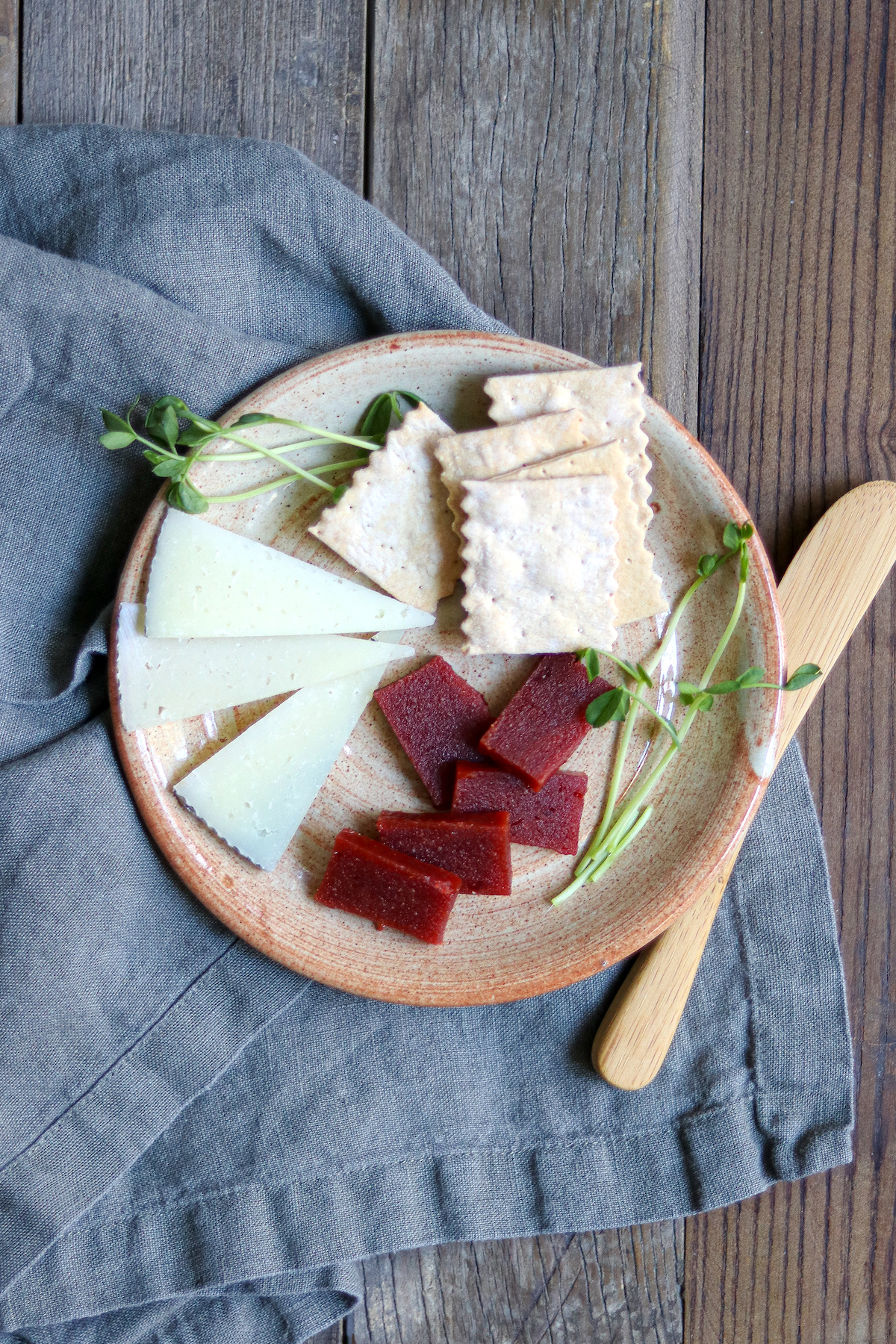
How to Prepare Quince
Quince can be prepared using several different methods, but I tend to prioritize poaching when I’m making a recipe calling for quince. No matter the preparation method, you’ll want to begin by peeling the quince as its skin is fibrous and tough. I use a basic vegetable or Y-peeler for the task—it’s fairly quick work and you don’t need any special equipment.
Using a sharp chef’s knife, cut the quince in half. Make sure your cutting board is firmly secured (I like to put place a damp kitchen towel under the board to prevent it from slipping) as the fruit is quite firm and spongy. From there, cut the fruit into quarters and, working carefully, remove the woody core and seeds—the sharper your knife, the easier this task is).
Prepare a liquid for poaching in large pot or saucepan. This could be a simple syrup preparation with water and sugar or you can add flavorings such as star anise, vanilla pods, whole cloves, or a cinnamon stick broken in half.
Bring the poaching liquid to a boil and add the quartered quince. Turn the heat down to low and poach the quince for about 50 minutes, the poaching liquid should barely be at a simmer. Cover the pot partially with a lid so that the liquid can thicken into a gorgeous pink syrup.
Test the quince with fork to make sure it’s tender. When the quince has softened, strain the poaching liquid from the fruit if you’re planning on using it right away, but keep the syrup in your fridge for use in drinks and desserts. If the cooked quince won’t be used right away, let the fruit and syrup come to room temperature before refrigerating them together for up to 1 week.

Quince Recipes
If you’re fortunate enough to get your hands on quince, you’ll find there’s an abundance of recipes for using this very special fruit. From traditional recipes for quince paste to savory glazes to candied quince inspired by traditional Turkish recipes, there are so many ways to include quince in your cooking or baking repertoire.
The recipes below feature classic ways to cook with quince as well as innovative ideas and methods for getting this (literal) legendary fruit to the table. If you have more quince fruit than you know what to do with, don’t worry—I’ve also included some of my favorite canning recipes so that you can share your bounty with family and friends.
Quince Paste
Quince paste is a firm, jelly-like paste that is often paired with cheese, charcuterie, and nuts. A popular accompaniment in the Mediterranean, below you’ll find recipes for marmelada (Portuguese quince paste), membrillo (Spanish quince paste), and cotognata (Sicilian quince paste). While the recipes are quite similar, they vary in the amount of sweetener used, the spices that are added (if any), and the firmness of the finished jelly.
In terms of cheese pairings, quince paste is fantastic when served on a cheeseboard with strong cheeses. In particular, aged Manchego, the Portuguese São Jorge cheese, and blue cheeses such as Spanish Valdeón blue cheese are made even more delicious by the addition of quince paste. Add some cured meats, marcona almonds, and olives to make a truly memorable cheese board.
- Quince Paste (Spanish Membrillo, Portuguese Marmelada, Italian Cotognata)
- Quince & Rosewater Paste
- Quince & Cranberry Paste
- Quince & Ginger Paste
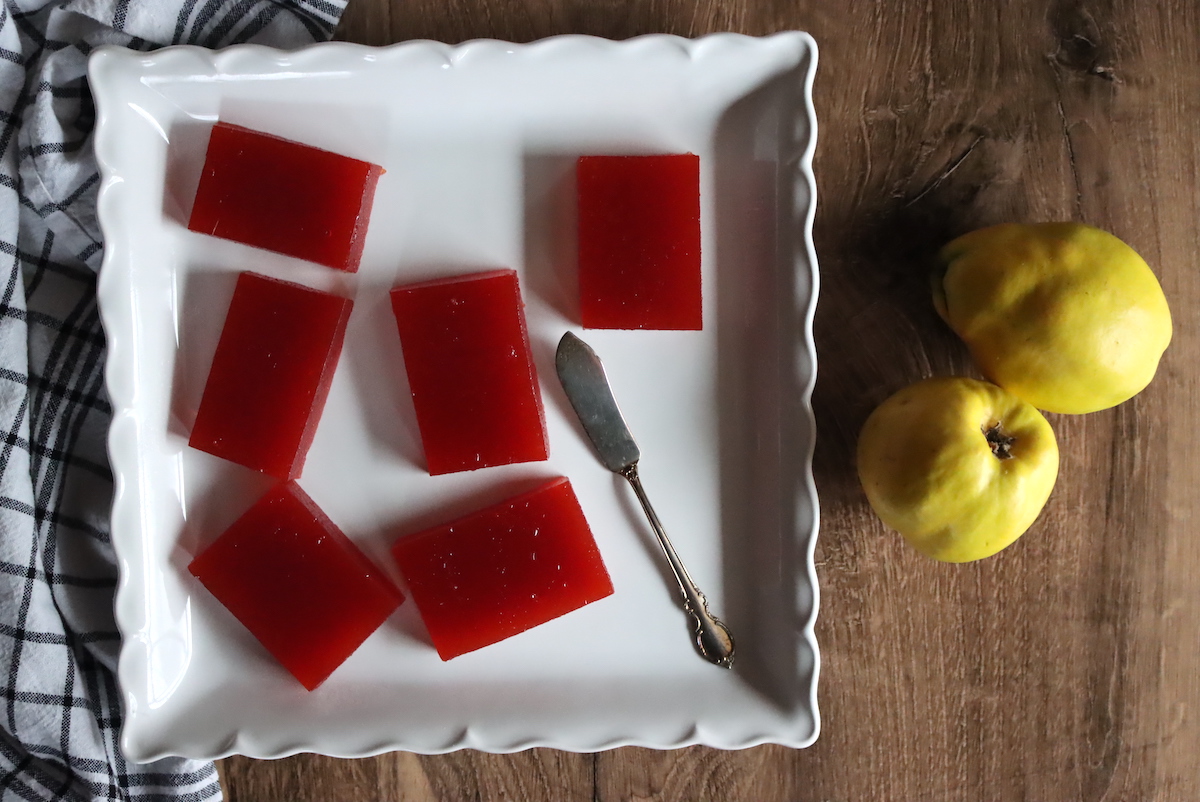
Quince Canning Recipes
The perfect use for quince if you find yourself faced with an overabundance of the fruit, these canning recipes will bring the taste of quince to your meals all year long. These recipes range from basic to spiced and include ingredients such as cinnamon, toasted almonds, and geranium leaves.
These quince canning recipes make beautiful and unique gifts, perfect for any foodies on your list. These preserves maintain their vivid pink-red shade throughout the canning process, which means the resulting jars will need little other than a tag or a sweet bow to be considered gift-ready.
- Canning Poached Quince Slices in Syrup
- Tunisian Quince Preserves with Cinnamon
- Quince Jam
- Quince Jelly
- Preserved Quince with Toasted Almonds and Geranium Leaves
- Quince Chutney

Savory Quince Main Courses
Quince tends to pair well with meats and poultry that are sometimes accompanied by apples or pears, think pork, wild boar, venison, and chicken. The robust flavor of quince stands up to big, savory flavors and ingredients such chestnuts, Manchego, prunes, lemon, and rosemary.
I’ve also included a couple of recipes for vegetarian fare, where quince adds a delightful sweetness to spices inspired by the Mediterranean. Using the canning recipes above for inspiration, I also have a fondness for cold leftover meat stuffed into a sandwich with aged cheddar and a dollop of quince chutney or jam.
- Pork with Savory Quince Compote
- Kotopoulo me Kythonia (Chicken Braised with Quince)
- Chicken, Quince, Lemon, & Almond Tagine
- Pork Tenderloin with Quince, Prunes, & Chestnuts
- Pork Chops with Apple, Quince, & Sage
- Slow-Roasted Pork Belly with Quince
- Braised Pork Shoulder with Quince
- Boar Bourginion with Quinces & Chestnuts
- Chorizo, Quince Paste, & Manchego Salad
- Wild Boar Burger with Quince Jelly
- Wild Suckling Boar with Roasted Quince
- Venison Casserole with Caramelized Quince
- Venison, Cider, & Quince Stew with Herbed Butter Dumplings
- Quince & Vegetable Tagine
- Chickpeas with Quince Stew
- Khoresht-e Beh (Quince & Split Pea Stew)
- Scallops with Rosemary & Quince Butter
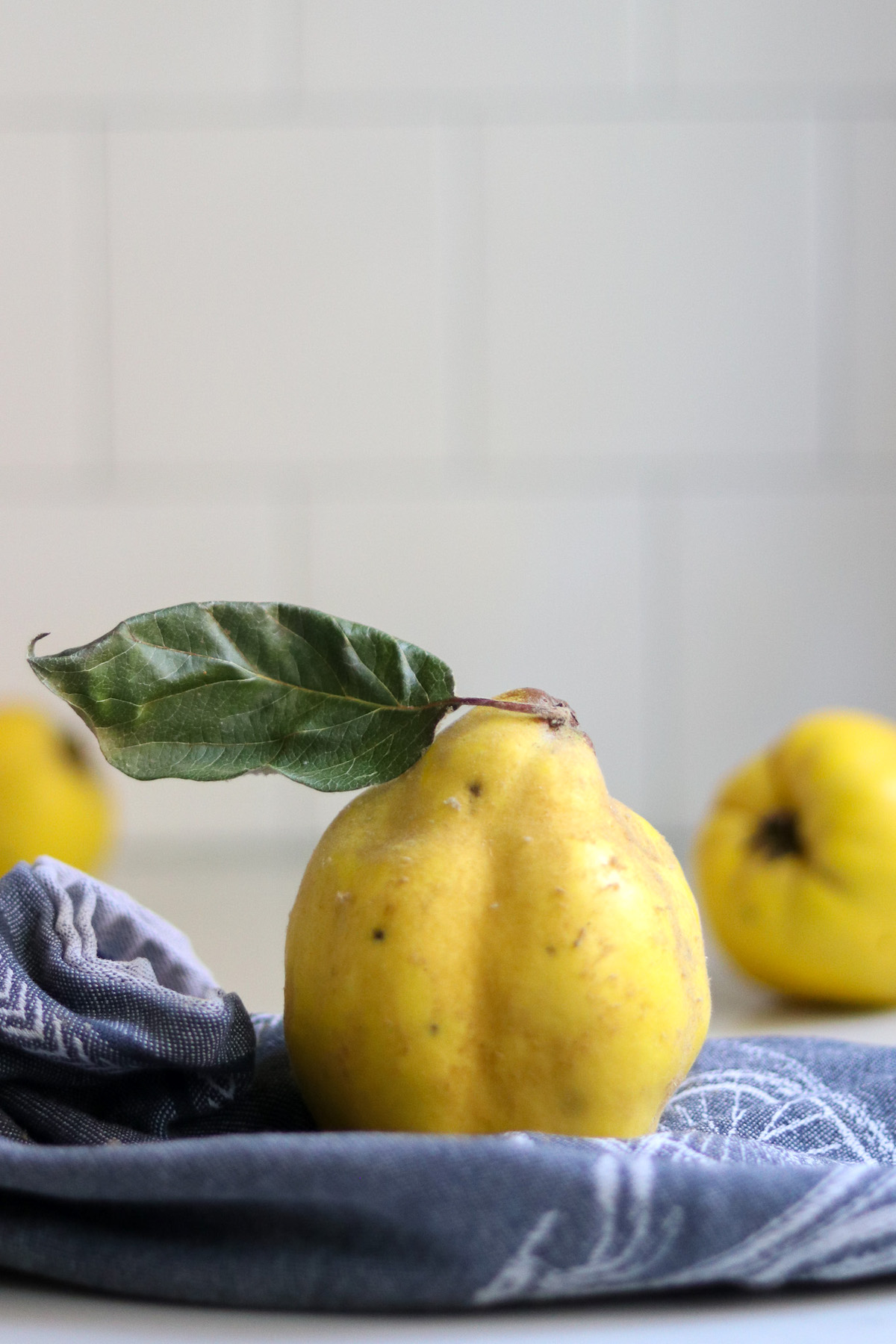
Sweet Quince Dessert Recipes
Whether you’re making dessert for your family or a showstopper dessert for a dinner party, these sweet dessert recipes make use of quince in the best way possible. Here you’ll find cakes, tarts, puddings, crumbles, and sponges featuring quince, whether the fruit is used as an accent or the main event.
Whichever way you choose to incorporate quince into your baking plans, you can rest assured that the end result will be memorable for everyone lucky enough to enjoy it. To streamline the assembly of these desserts, cook the quince as directed up to a week in advance and store in the refrigerator.
- Baked Quince with Brown Sugar & Honey
- Ayva Tatlisi (Turkish Poached Quince)
- Chocolate Yogurt Cake with White Chocolate Ganache & Poached Quince
- Quince Tarte Tartin
- Quince Fool
- Candied Quince
- Roasted Quince with Coffee Custard
- Honey-Poached Quince Pie
- Ricotta Crostata with Spiced Quince
- Quince Almond Cake
- Quince & Almond Tart with Rosé
- Quince & Apple Sponge-Crumble
- Red Wine, Quince, & White Chocolate Crumble
- Quince Pudding
- Quince & Honey Yogurt Frangipane Tart

Quince Drinks
Why not incorporate quince into a beverage or two? Quince lends itself well to all manner of drinks: sparklers, lemonade, fizzes, and punch are just some of the ways this versatile fruit can be used to breathe new life into familiar recipes.
For those who enjoy a unique tipple (and have time to spare in order to let the flavors develop), quince wine and quince liqueur are both interesting and delicious ways to use this special fruit. Once you make a basic batch of quince syrup, which is essentially the poaching liquid leftover from cooking quince, you can add it to sparkling water or a wide variety of cocktail recipes and spritzers.
- Greek Quince Syrup
- Apple & Quince Sparkler
- Quince Gin Fizz
- Quince Punch
- Quince Lemonade
- Elderflower & Quince Basil Smash
- Quince Wine
- Quince Liqueur
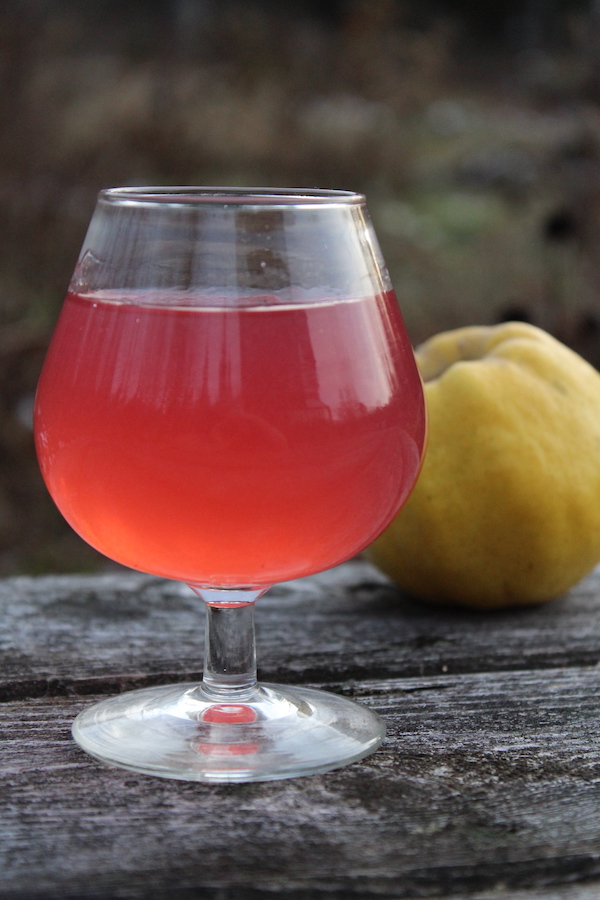
Seasonal Fruit Cooking Guides
Looking for more ways to use fresh seasonal ingredients?
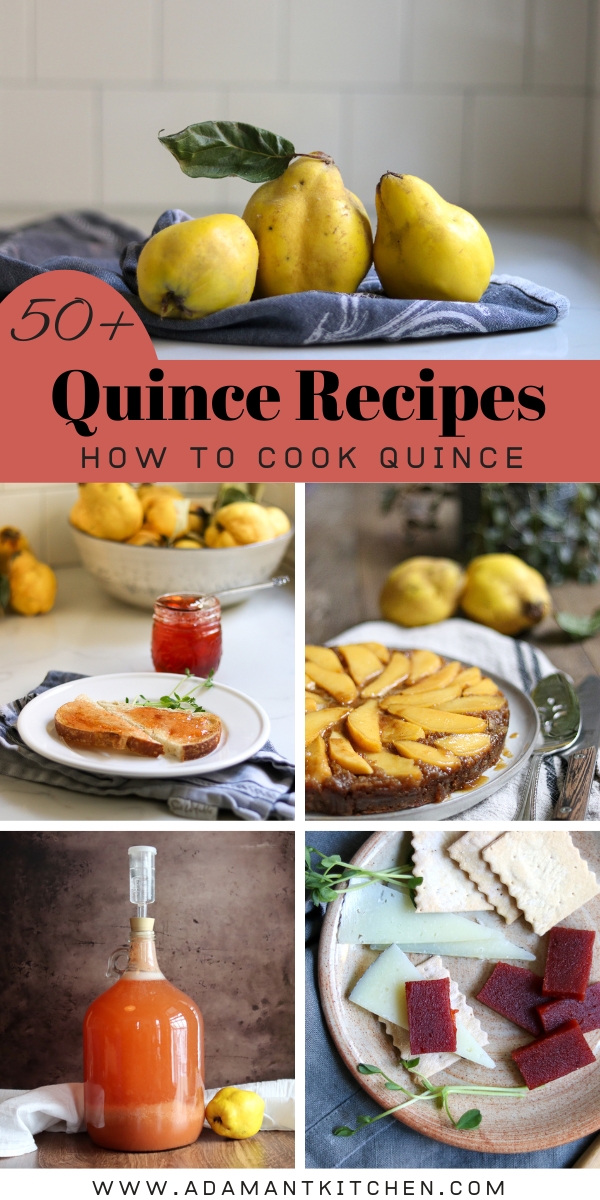
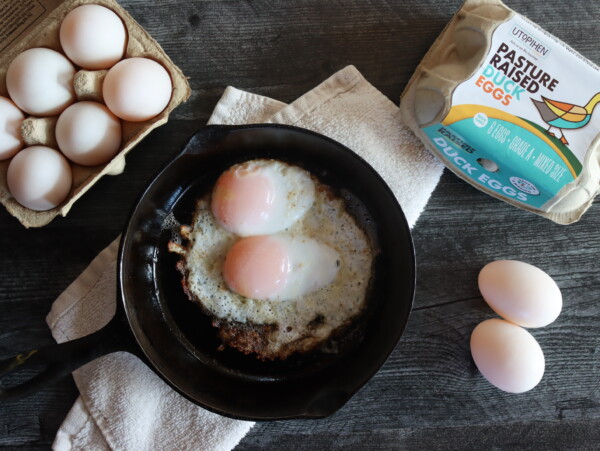
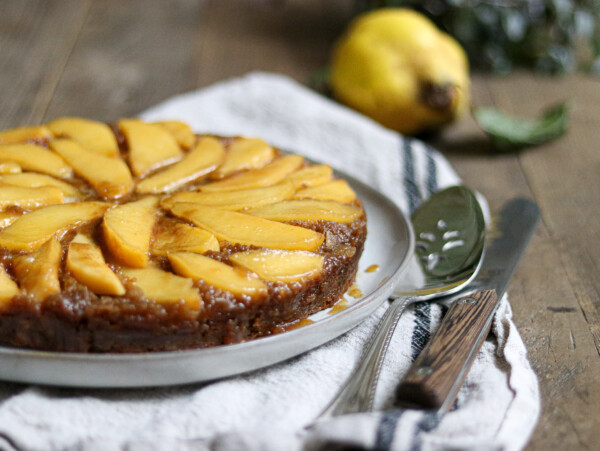
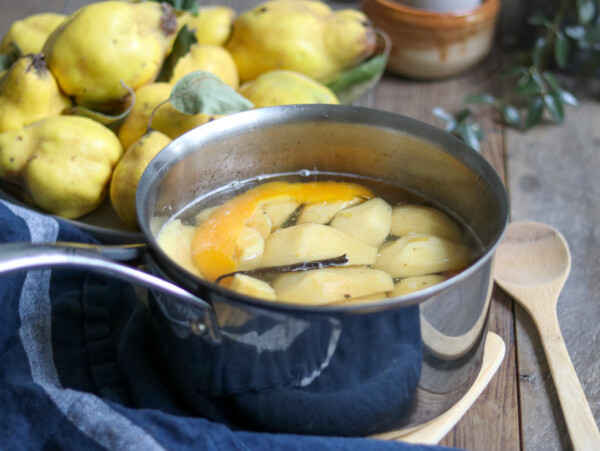
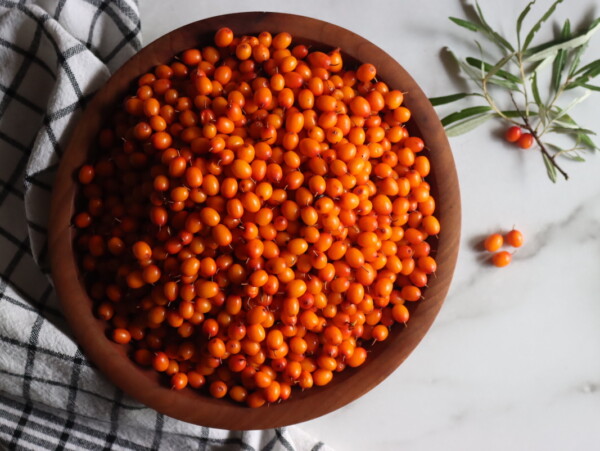
3 Comments